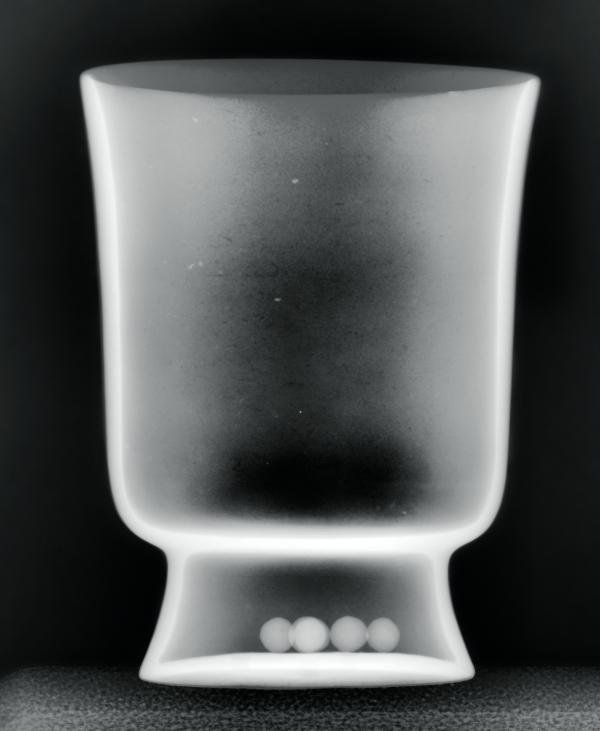Many of LACMA’s extraordinary exhibitions, particularly those centered on permanent collection objects, benefit from behind-the-scenes collaborations among LACMA’s conservation, curatorial, and science departments. These joint projects advance the analysis and interpretation of our collections in a broader art historical context.
Through an interdisciplinary study of 25 Maya ceramic painted vessels from LACMA’s collection, conservation and curatorial departments began working together to understand the materials and artistic processes involved in the creation of each one of these beautiful vessels. Conservation staff from objects, photography, and science examined, documented, and performed a variety of tests on the ceramics. The findings and hypothesis posed by this study revealed a sophisticated artistic tradition in the Maya world.
Through the x-ray images of the vases and XRF we were able to group the different recipes used to make the vessels. We also characterized for the first time the formulation of amazingly versatile, thin, and vivid ceramic paints or engobes, which are mixtures of clays, finely ground minerals, and alkaline fluxes, that can be formulated with different optical characteristics. Stereoscopic examination and X-radiology revealed the use of coil technology as well as the use of non-plastic inclusions that amend the clay body to enhance working properties and increase a vessel’s ability to withstand the firing process without cracking or exploding. Various imaging techniques captured images of objects under different types of lighting, allowing the research group to see aspects of condition, such as repairs and restorations, not visible under normal lighting conditions.
The discoveries made during this collaborative project will soon be published online, free of charge, in both English and Spanish.
This article was first published in the Fall 2019 issue of Insider.



